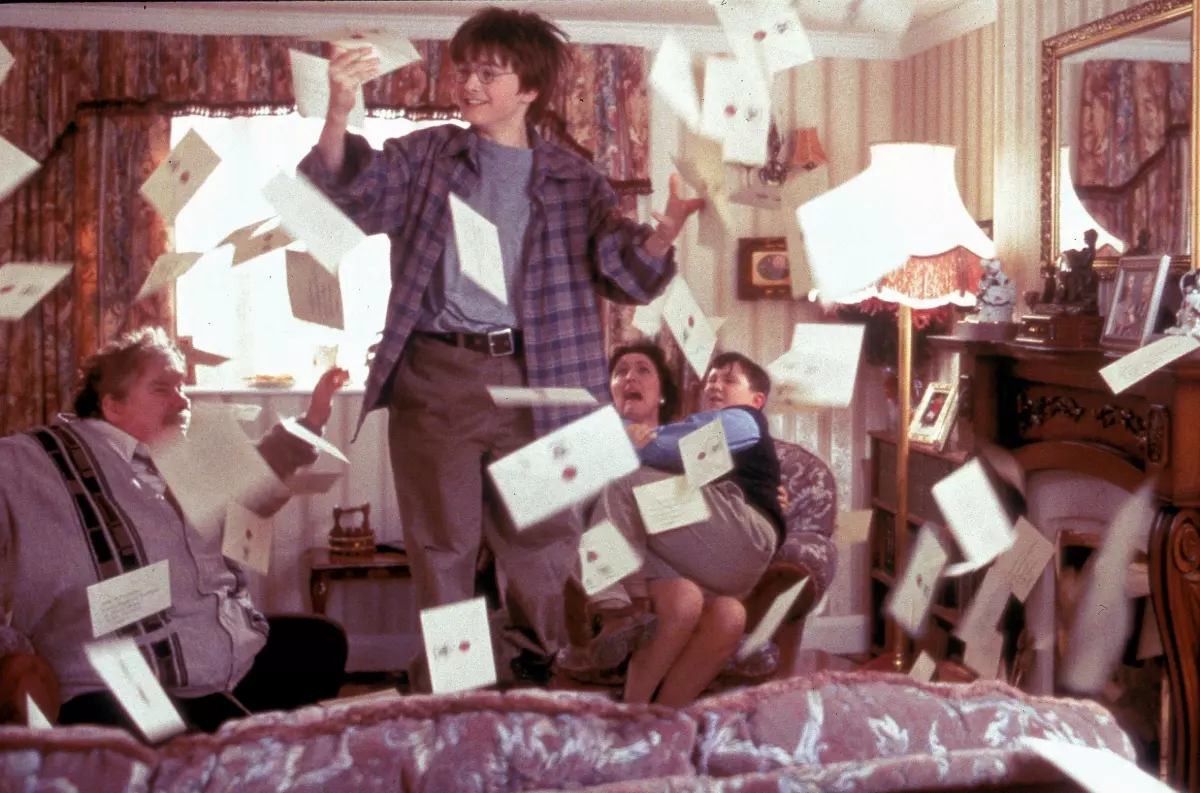Chimneys are an integral part of a roof, but they can also be a vulnerable area that requires extra protection. That's where a roof cricket comes in. While it may not be a requirement in all building codes, professional roofers strongly recommend installing a roof cricket for chimneys. But what exactly is a roof cricket and why is it so important?
Understanding the Purpose of a Roof Cricket
A roof cricket is a sloped backing that diverts water away from the chimney and down the roof. It is usually made of wood and covered with metal flashing or asphalt shingles. The purpose of a roof cricket is to prevent water from pooling behind the chimney, which can lead to damage over time.
Without a cricket, water would run down the slope of the roof and hit the back wall of the chimney. While some water might drain off the sides, it's not quick enough to prevent a pool of water from forming. This can cause masonry damage, especially in historic homes where finding matching materials for repairs may be a challenge.
A well-designed cricket pushes the water to either side, away from the chimney and down the roof. It's crucial that the cricket has a higher slope than the adjacent roof plane to ensure efficient water diversion.
The Mystery Behind the Name
You might be wondering why it's called a cricket. Surprisingly, the origin of the term remains uncertain. It doesn't appear in the Oxford English Dictionary, and even the leading North American dictionary, Merriam-Webster, doesn't mention it. However, Dictionary.com does acknowledge the term.
Some theories suggest that the name "cricket" could be a play on words related to the Disney character "Jiminy Cricket." However, this has been debunked as a myth. Another theory relates it to the term "cricket" as a low stool, but the veracity of this explanation is questionable. Ultimately, the true origin of the term remains unknown.
The Importance of a Roof Cricket
While not all building codes require chimney crickets, it's still highly recommended to install one. Building codes typically require a roof saddle if the chimney is wider than 30 inches. This is the side of the chimney that is most susceptible to pooling water.
Chimneys that intersect the ridge generally don't require a roof cricket, as they won't experience water buildup. However, the height and slope of the cricket may be regulated by specific building codes. It's important to follow these guidelines to ensure optimal water diversion.
Building a Roof Cricket
Building a roof cricket is a job best left to professional roofers who have the necessary expertise. However, understanding the process can help homeowners appreciate the effort involved. Here are the basic steps:
-
Start Fresh: If you're installing a new cricket, remove the layers of the roof around the chimney down to the decking. This includes the flashing and shingles. If you're getting a new roof, start building the cricket frame before installing any underlayment.
-
Build Cricket Frame: Determine the height the cricket needs to reach up the chimney and up the roof slope away from the chimney. Use a 2-by-4 to extend from the chimney wall to the roof deck, attaching it securely with framing nails.
-
Add Support: Attach two support beams to the cricket ridge, ensuring they extend all the way to the chimney sides. Nail the supports to the ridge board and the roof decking, but not the chimney itself to allow for differential movement.
-
Sheath the Cricket: Cover the cricket frame with sheathing or decking to provide support for the roofing materials. Ensure the boards align perfectly with no gaps.
-
Add Underlayment: Apply ice and water protector to the entire saddle structure, extending it up the chimney as far as your flashing will go.
-
Flashing or Shingles? Depending on the type of valleys on your roof, you can install metal flashing, shingles, or both on the cricket. Follow the appropriate installation steps and ensure proper overlap and alignment to prevent water infiltration.
The Cost of a Roof Cricket
Installing a roof cricket is not a DIY job. You should rely on a professional roofer to provide and install the cricket. The cost varies depending on your location, but expect to pay at least $100 for the cricket itself, plus additional expenses for flashing or shingles. Keep in mind that the cost of the cricket is often included in the overall chimney re-flashing cost, which can vary greatly depending on the specific requirements and materials.
The Bottom Line
While a roof cricket may not be mandatory, it's a smart investment in protecting your chimney and your home. The chimney is an important architectural feature and requires proper flashing to prevent wear and leaks. If you're considering a roof cricket for your chimney, consult with a professional roofer who understands best practices, safety requirements, and your local building codes.
















